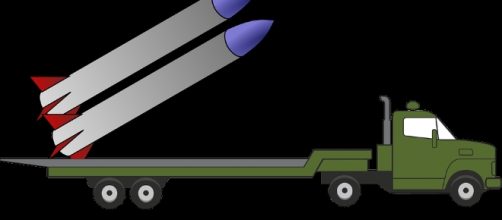North Korea has just tested an ICBM. Many have assumed that this test will give the reclusive state the ability to hit the United States. Many analysists are calculating the angle at which the missile was fired and then surmise that in case the angle was changed the missile could travel much further. This is based on the laws of motion as enunciated by the great physicist Isaac Newton. Hype and reality are two different things. Some have opined that the missile could reach Alaska, according to CNN International.
North Korean claim
In theory, this looks fine but the reality is different.
The North claims that it has the ability to strike the US. This is just rhetoric and the fact is The North is decades behind in the technology to launch a missile with a nuclear warhead. Fixing a warhead on a missile and then firing it is part of precession technology and the North doesn't have it yet. Talk by Kim Jong-un is plain boasting. The Korean Technology is still pretty primitive and, despite all the help China has given the North Korean regime, it does not have the ability to hit the United States. To perfect this technology will take years.
The Korean missile
For sure the North's latest missile launch was a success. Experts have identified the missile as "Hwasong 14" which could reach Alaska when fired with a lower trajectory angle.
To reach perfection scientists have to fire at least a dozen missiles. This is just the first test, but one can say that North is on the way to perfecting a deterrent though it will take years. Markus Schiller who resides in German is a leading expert on North Korea and its missile capacity is quoted by Global Military News as having said: "But if they take it seriously, as the US or Russia do, it would take at least a dozen more launches and perhaps 10 years.
Mind you this is their first ICBM."
North has a long way to go
The US could, in a preemptive strike, wipe out their nuclear capability, but the North has amassed thousands of artillery pieces on the border and a massive salvo could cause large casualties and almost destroy the region adjacent to the border where the bulk of the South Korean population resides, not forgetting 28000 US soldiers close to the DMZ.
There is a need to be realistic about the Korean test. As reported by Global Military news, Narushiga Michishita, a professor at the National Graduate Institute for Policy Studies in Japan says, "In the US-DPRK context, the 5500-kilometer range ICBM means nothing. We must look at the range and not the title."


